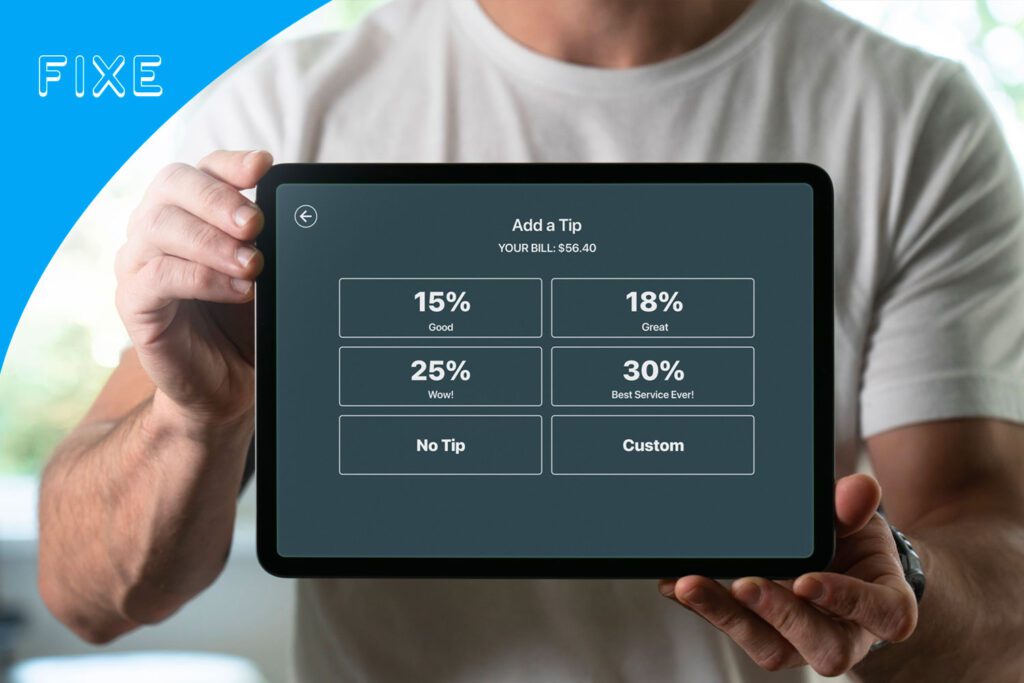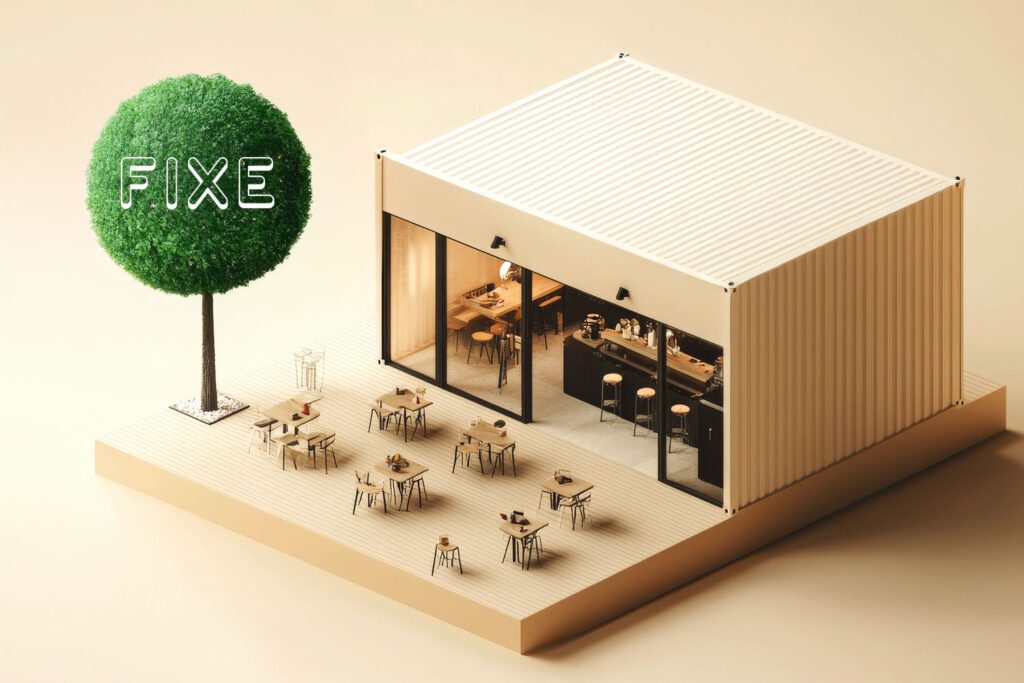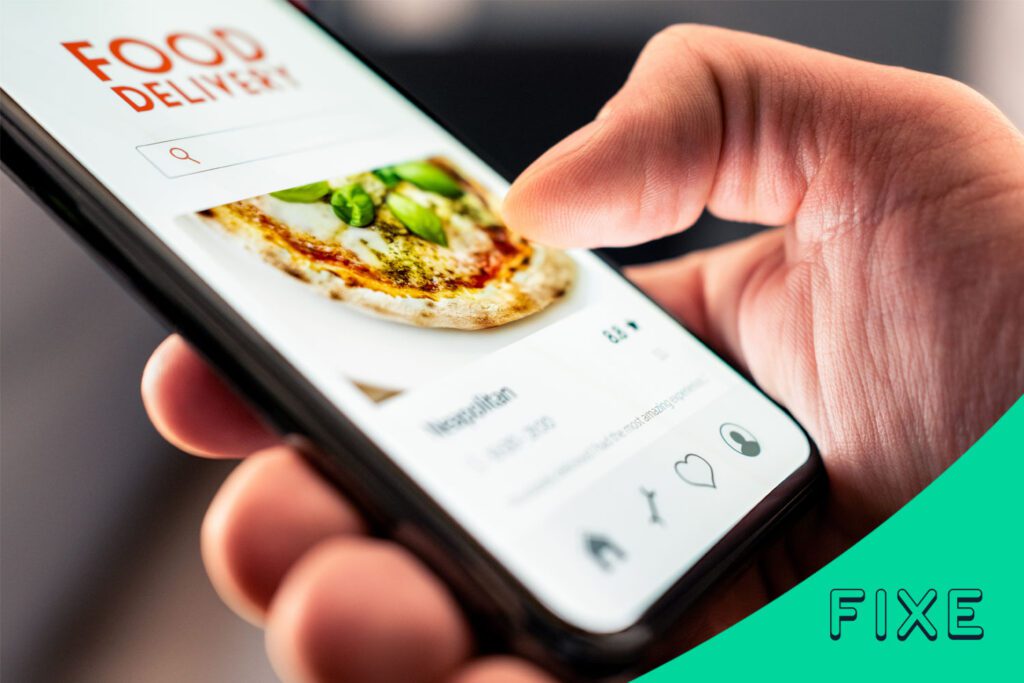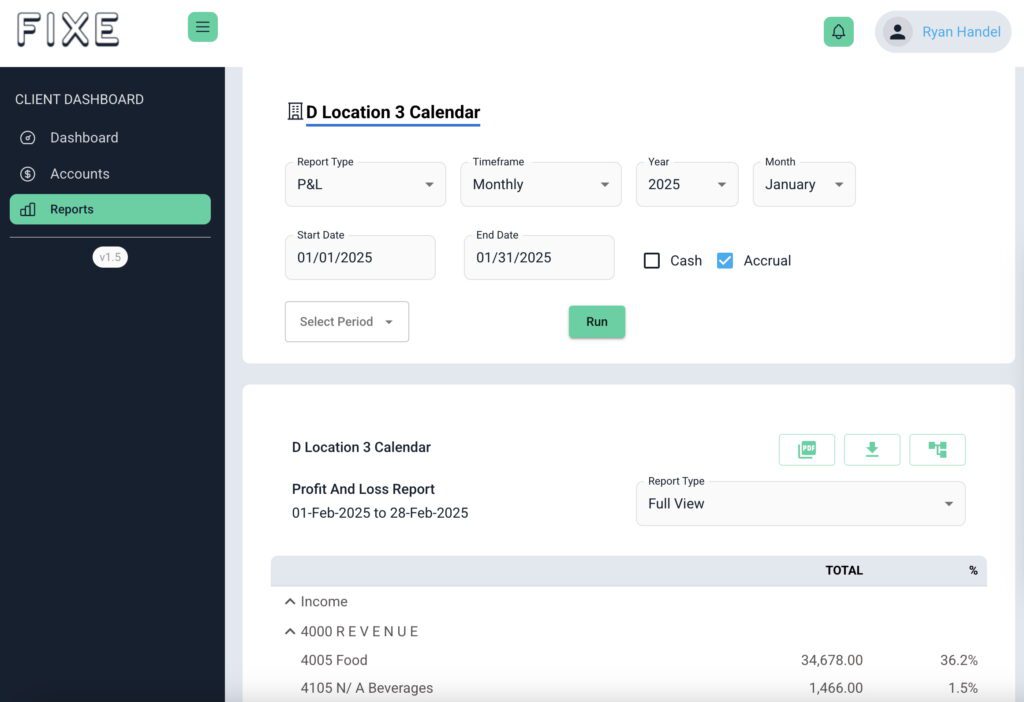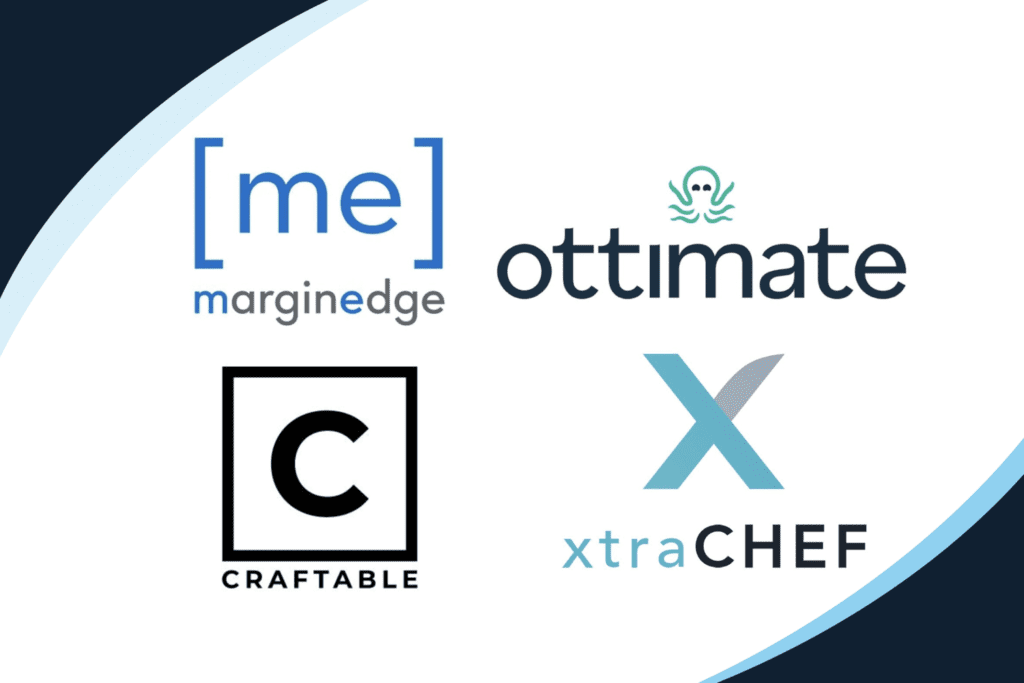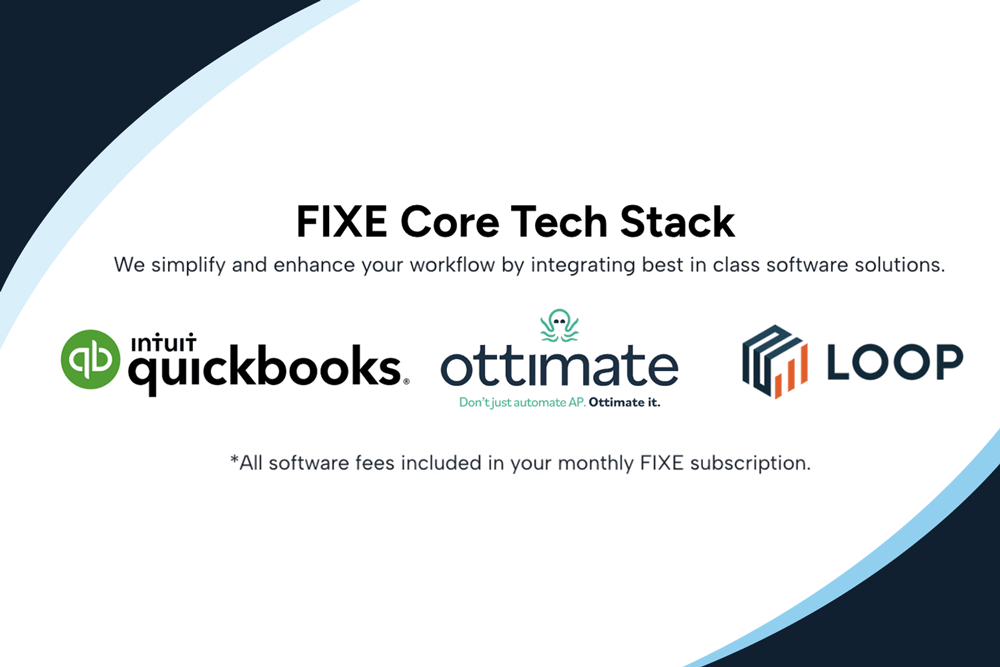Choosing the right restaurant location can make or break your business. To help ensure you don’t start from a deficit, here are some tips I learned from running my own restaurants for the past 20+ years.
EXISTING INFRASTRUCTURE IS KEY
I can’t stress enough how important it is to try to get an existing restaurant location, especially if you’re a first time owner. This will help you avoid the costly and timely restaurant permitting process. Existing restaurants are harder to find and usually come on the market before you can hear about them.
You want an existing kitchen, preferably with a pricey walk-in refrigerator and grease trap.
A liquor license or beer & wine license adds a lot of value, and they take a while to get. There’s a set number. You could get lucky and win an ABC permit in the California Department of Alcoholic Beverage Control lottery. Most people have to buy an existing permit.
Liquor licenses sell for $75 – $85,000 in Los Angeles. They were $100,000, but with the Altadena and Pacific Palisades fires, a lot of restaurants closed, creating an influx of available permits.
DOES YOUR RESTAURANT FIT THE NEIGHBORHOOD?
As you become a larger chain with more data points, you can reference your demographics to choose locations. If you’re a small business trying to open up your first or second location, you want to make sure your restaurant fits the neighborhood that you’re trying to serve.
It helps to have a proven concept where people recognize the name, but that’s not always possible. You have to start by getting people in the neighborhood to understand the concept.
After you find the neighborhood you want to be in and find what you think is a good location based on who you’re trying to attract, ask yourself these questions to evaluate your restaurant investment.
- How many square feet is the restaurant?
- How much money do I think the buildout will cost?
- Can I generate enough revenue to pay back my investment/investors in 3 years?
- How long will my restaurant take to open?
- Is the space turnkey?
You’ll probably spend ~$500 per square foot on construction. It could cost more if you take over an existing restaurant space. It also depends on whether you need to get permits or change your use. You may have to pay rent before you can open and generate revenue. You’ll have to raise money for that. If you can’t pay back investors within three years, it’s not the right location.
Let’s say it costs $800,000 to build a restaurant, plus $200,000 in soft opening costs with labor and downtime paying rent and not earning revenue. If you’re all in for $1 million dollars, you should be making $3 million in profit after the first three years in order to pay back your investors.
You may have a great location, but if it’s going to cost you twice as much to open, or twice as long to pay back investors, it’s time to rethink your choice. People with deep pockets might be okay with higher costs or longer timelines, but not a first-time or second-time operator. Bigger restaurant chains usually get the better locations because they can afford to wait longer before their investments pay off.
OTHER KEY CONSIDERATIONS
Depending on your concept, and especially if you’re fast casual, you want to have:
- High foot traffic
- Parking
Full-service or fine dining restaurants don’t necessarily need as much foot traffic or parking.
Higher end restaurants should offer valet service.
Make sure that there’s not a lot of construction going around you. Construction will deter people from going to your restaurant.
FIRST TIME RESTAURANT OPERATORS
It’s unlikely that a younger operator will find a perfect first location. Bigger players like Shake Shack and Chipotle are going to get those locations first. You have to take some bad with the good. Maybe your kitchen is too small or the location is a bit more out of the way.
Can you make the metrics line up? Ask yourself these essential questions.
- How much will it cost me to convert the space?
- Does the rent make sense?
- Can I generate enough sales?
If you spend too much money on your first concept, and you’re not able to pay that back, or you’re spending too much money on rent, it’s hard to recover and succeed.
A RESTAURANT SUCCESS STORY
Heavy Handed is not a FIXE client, but that restaurant did an awesome job with their first location. Main Street is a younger neighborhood in Santa Monica with people just out of college through their mid 30s. Heavy Handed’s owners, Max Miller and Danny Gordon, created an outdoor experience with beer, wine and a great vibe. They hit it out of the park. It didn’t cost that much to open. They saw a gap in the market and jumped at it. Now they have 3 locations in L.A.

